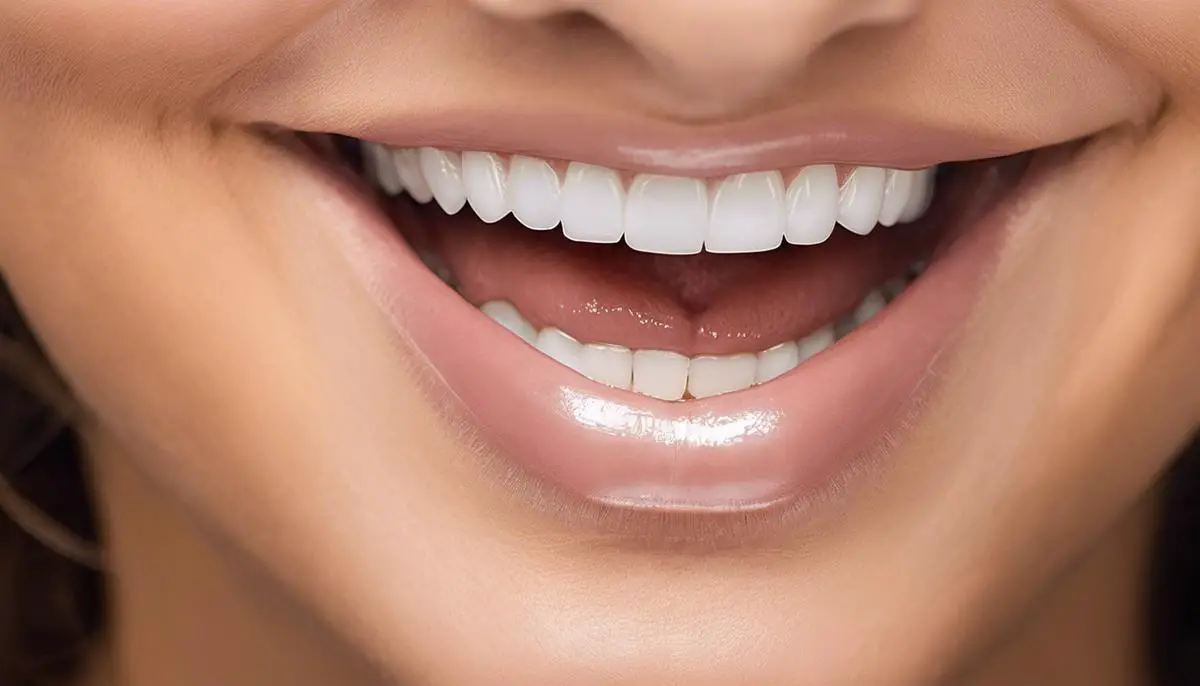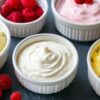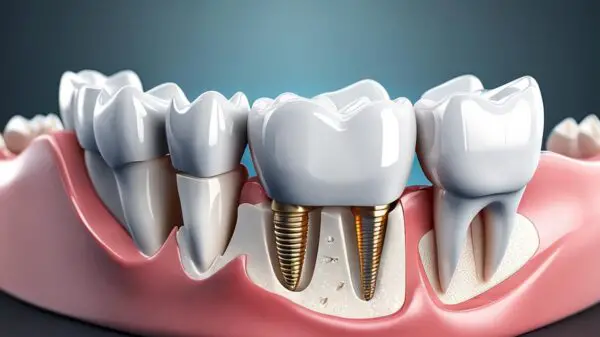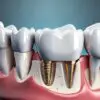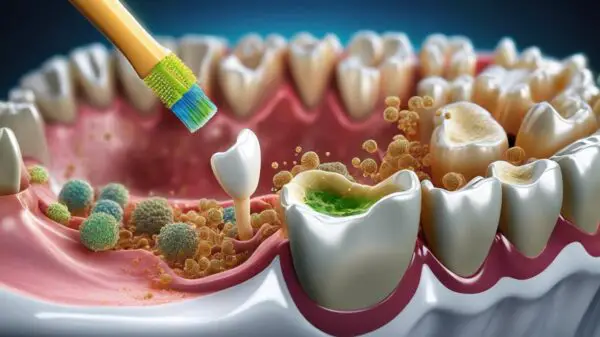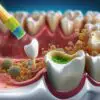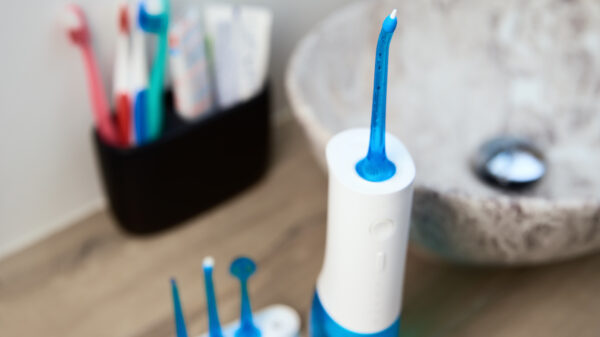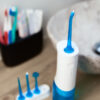What Foods Can I eat with Veneers?
Having dental veneers requires careful consideration when it comes to dietary choices. Equipped with the right knowledge, this doesn’t have to be a daunting task. In this guide, we aim to enlighten you about dental veneers, helping you understand what they are, what they’re made from, how they’re applied, and their functionality. Further, we delve into the types of foods to avoid when you eat with veneers, including those which could potentially damage, dislodge, or stain them. However, it’s not all about restrictions, as we also present an array of veneer-friendly foods so that you can enjoy a diverse, delicious, and safe diet while maintaining your veneers’ integrity and aesthetic appeal. Let’s take a look at what foods you can eat with veneers.
Understanding Veneers & What You Can Eat with Veneers
Understanding Dental Veneers: Making Informed Decisions for Your Child’s Dental Health
As parents, we treasure the health and wellbeing of our loved ones above all else and naturally, this includes their radiant smiles. One method championed by dental professionals for maintaining that perfect grin is the use of dental veneers. If you’re facing decision anxiety about dental treatments or simply considering options for your child’s dental health, understanding dental veneers is essential. And it’s important to know what you can eat with veneers.
A dental veneer is a thin shell-shaped layer of tooth-colored material, most commonly composite resin or porcelain, designed to cover the front surface of a tooth. Just like a protective cover, its primary role is to improve your child’s tooth aesthetics and protect the tooth’s surface from damage. They’re customized to precisely mimic the color, shape, and size of your child’s teeth, thus promising a natural and appealing finish.
Effectively transfiguring a tooth’s appearance, dental veneers are considered an ideal solution to fix the color of discolored or stained teeth when typical whitening procedures are not up to snuff. They have also proven to be the saving grace in correcting cosmetic issues such as chipped, broken, or misshapen teeth, and even help to fill in unsightly gaps between teeth.
Veneers work under a simple process guided by a dental professional. On the initial visit, the dentist will evaluate the dental condition to confirm if veneers are the best fit or recommend alternative solutions. If it’s decided that veneers are a go, the dentist will prepare the tooth for the veneer installation. This usually involves removing a small amount of enamel from the tooth’s surface to make room for the veneer. A mold of the tooth is then taken and sent to a dental lab, which crafts the veneer to exact specifications.
Upon arrival of the veneer, usually in a couple of weeks, the dentist cleans and roughens the tooth surface for a strong bonding process. A special cement is applied to the veneer, which is then placed on the tooth. Once properly positioned, the dentist applies a special light to the veneer, which activates chemicals in the cement, causing it to harden quickly. A few minor final adjustments, and the veneer will have successfully blended into the tooth’s natural structure, ready to flash that breathtaking smile.
While dental veneers shouldn’t be the immediate go-to for minor cosmetic issues, they can be a smart and valuable tool in correcting more complex dental challenges. Understanding dental options, like veneers, allows us as parents to make informed decisions that best serve the dental health and happiness of our children. Keep the conversation going with your family dentist and rest assured, your child’s well-being is at the heart of every decision.
In the grand scheme of parenting, remember — safeguarding our children’s smiles today paves the way for their confident tomorrows. That’s definitely something to smile about!
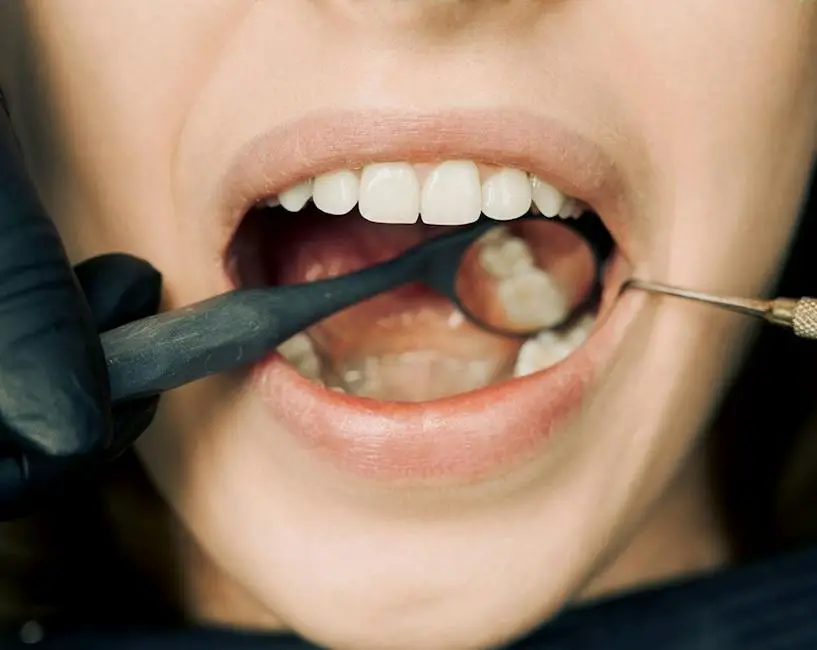
Foods to Avoid with Veneers
Maintaining Your Shiny New Veneers: What Not To Eat with Veneers!
Now, who doesn’t strive for that picture-perfect, captivating smile? I know we all do! Now that you’re acquainted with the remarkable world of dental veneers and their transformative power in the realm of oral aesthetics, it’s time to discuss the nitty-gritty about maintaining them. Just like how we teach our little ones the do’s and don’ts of navigating through life, our dental veneers need a little guidance as well. The foods we put into our mouths can have quite an impact on the longevity of our new sparkling veneers. With this in mind, there are certain foods it’s best to avoid to ensure that your veneers stay as fabulous as the day you got them.
So, what should be avoided? Let’s dive in.
Crunchy, Hard Foods
Remember the days of blissfully chomping on popcorn at movie nights, or cracking a hard shell nut to savor its delicious content? When you eat with veneers, those days are behind you. Your bite force may be considerable, but veneers are not as sturdy as natural teeth. Therefore, to prevent potentially cracking or dislodging your veneers, it’s best to avoid hard and rigid foods such as popcorn, hard candies, hard-shell nuts, seeds, and even ice.
Sticky and Chewy Foods
As much as our kiddos love them, those sticky sweets, gummies, and chewing gums have to take a back seat once veneers come into the picture. These sticky culprits can adhere to the veneers, loosening them over time. So, even though that caramel chew might seem tempting, it’s best to say no.
Dark Beverages
All the coffee lovers out there, yes, we are talking about your beloved brew. Dark beverages like coffee, tea, and red wine may lead to staining your ordinarily resilient veneers over time. While these stains might not appear overnight, long-term indulgence in these beverages might lead to unpleasant discoloration. Alternatively, enjoy these beverages in moderation and use a straw when possible.
Acidic Foods and Beverages
If your family is fond of citrus fruits, pickles, or fizzy drinks, caution is required when you have veneers. The acid content in these items can degrade the bonding material used to fix veneers to your teeth, thereby reducing their lifespan.
Highly-Pigmented Foods
While it may sound surprising, deeply pigmented foods such as berries, beetroot, and even some spices might cause discoloration over time. So, curb the excessive intake of such foods to keep that veneer smile gleaming for a longer time.
In conclusion, while dental veneers offer a fantastic solution for your aesthetic dental woes, treating them with care is essential. Just like how we adapt our lifestyle to cater to our children’s evolving needs, your eating habits require minor adjustments for the sake of veneers. Remember, the success of your veneers lies in the balance of good oral care, regular dental visits, and mindful eating habits. That’s the secret recipe for a dazzling, lasting smile!
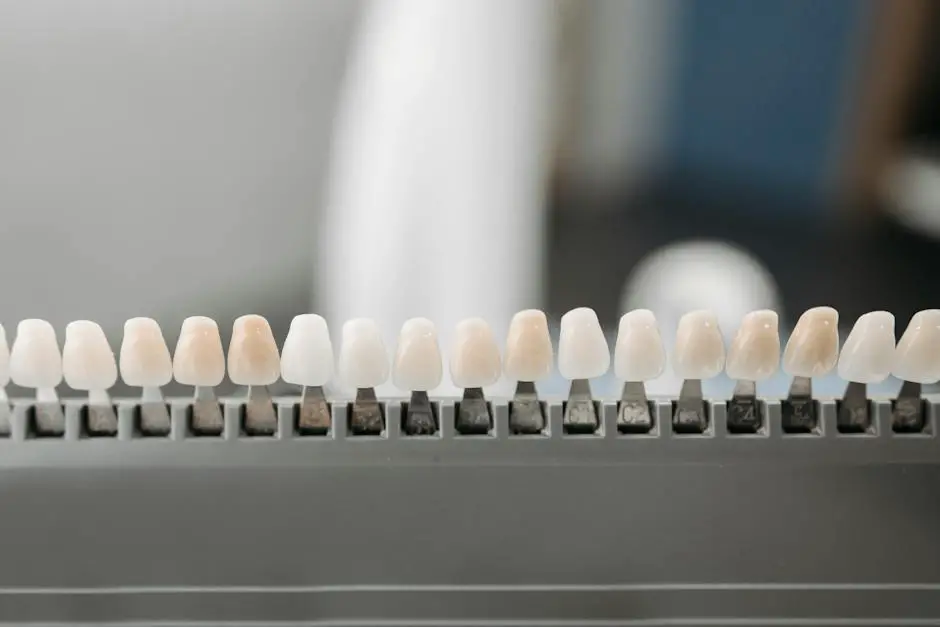
Foods You Can Eat with Veneers
Given that we’ve chatted about what dental veneers are, let’s now dive into the world of what is safe to eat when wearing these tooth beautifiers. If your beloved family members or you just had veneers installed, it’s important to know that even though veneers are built to resist staining and chewing damage (compared to natural teeth), certain foods can still potentially cause trouble. Let’s go ahead and provide some care and love to those sparkling veneers, shall we?
Firstly, it’s a wise decision to steer clear of hard and crunchy foods. Even though that piece of hard candy or glistening raw carrot seems tempting, they can lead to veneer damage. Other seemingly harmless treats include raw fruits or veggies like apples, raw almonds, popcorn, and ice. The pressure exerted on the veneers when you bite into such foods may chip or crack them. But remember, you can always enjoy your favorite fruit slice or vegetable cut into bite-sized pieces.
Sticky and chewy foods like your children’s favorite taffy or some types of dried fruit can also pose issues for veneers. When you chew, sticky foods could stick to the veneers and potentially slide them off. Again, moderation and smart preparation methods like cutting into smaller pieces can make a difference.
Next on the list are dark beverages, which are known to cause staining. While veneers are more stain-resistant than natural teeth, prolonged exposure to coffee, red wine, or soft drinks could eventually dilute their sparkle. Drinking darker liquids through a straw can help minimize contact with your veneers, keeping their brightness intact.
Acidic foods and beverages, including citrus fruits and sodas, can affect the adhesives used to bond the veneers to your natural teeth. Over time, this can cause the bonding agent to weaken and might compromise the longevity of your veneers. Explore other enjoyable and healthy alternatives like bananas, watermelon, or a good old glass of water to stay on the safe side.
Finally, highly-pigmented foods should also be approached with care. Foods like berries, soy sauce, or even balsamic dressing can potentially cause discoloration over time. Don’t worry, you won’t have to miss out on these delicious treats completely. Just remember to rinse your mouth or brush your teeth after indulging to lessen the time these foods have to potentially cause staining.
Remember, veneers are an investment towards a radiant and confident smile. So, cherish them just as you’d nurture the well-being of your family and home. Dial down on the risky foods, keep up with regular dental checkups, and enjoy the transformative beauty of your veneers for years to come!

Understanding veneers and navigating dietary choices with them doesn’t need to cause you any worry or inconvenience. By gaining insight into the foods you should avoid and those which you can safely enjoy, you set a solid foundation for preserving both the practicality and appearance of your veneers. Remember, while veneers do modify the way you approach your diet, it certainly doesn’t mean bidding farewell to tasty and satisfying meals. In fact, a plethora of foods are both safe and beneficial for those with veneers. Therefore, armed with this knowledge, you can face your food choices with confidence, knowing you’re promoting the longevity of your veneers while engaging in a pleasurable culinary journey and you now know what you can eat with veneers.



